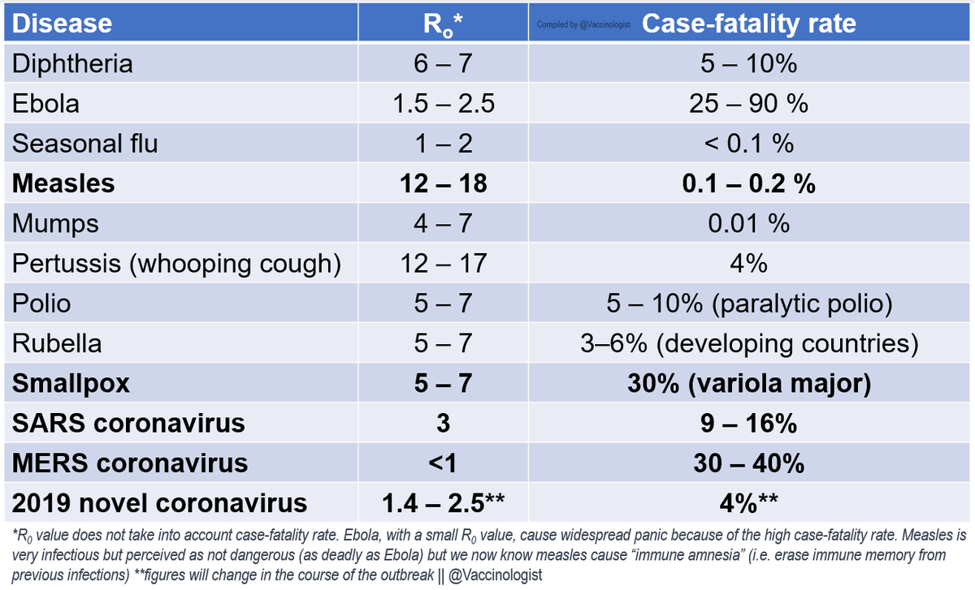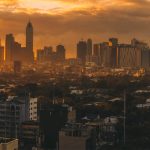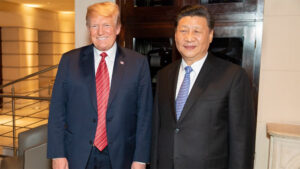Peter’s new book, Disunited Nations, is available for pre-Order now on IndieBound, Apple Books, Hudson Booksellers, Barnes & Noble, Amazon, Google Play, or Kobo.
Four things have popped up in the past 48 hours that are worth a look.
First, we now have enough preliminary data to say some general things about the virus and the news is good: the virus is neither as deadly nor as communicable as the SARS virus from more than 15 years ago. Take a look at this from Dr Melvin Sanicas with the Gates Foundation. (Twitter handle: @Vaccinologist.)
R0 is the number of people a newly infected tends to spread the virus to. The fatality rate is the chance of dying. The coronavirus is serious, but not that serious.

Coronavirus isn’t going wipe us out. It isn’t going to wipe China out. In fact, it probably won’t kill nearly as many people as a normal flu season. Here’s the U.S. Center for Disease Control’s page on the virus –https://www.cdc.gov/coronavirus/index.html – you’ll note its guidance is almost identical for the normal seasonal flu strains.
(It is important to note that coronaviruses notoriously mutate. The danger is that the mutation makes it more deadly or that it will have a higher transmission rate, among other things. This is why public health agencies need to continue to be very cautious. Meanwhile, the public in most of the world should take a breath and ignore the fear mongers.)
Second, the virus has become a political issue in China, as was probably likely to occur given the country’s propensity for information control. Today a report signed by hundreds of (mostly Chinese) scientists indicates that the Chinese government was well aware of the virus’ human-to-human transmission as soon as early December, but chose to sit on that information for PR reasons.
One of the (many) downsides of shifting from an authoritarian system where a group of people rule to a dictatorial system where one person rules is that when anything goes seriously wrong there is no one else to blame. To this point China’s netizins (and the central government) have been blaming local authorities. Now they’ll be blaming the central government and that puts General Secretary Xi Jingping in the crosshairs.
Third, travel bans have begun. Yesterday Italy banned all flights to and from China. Today Russia closed the land border. Today the American government issued a Class 4 travel advisory, which urges all U.S. citizens in China to leave, putting China into the same basket of countries as North Korea and Iran. International links are the lifeblood of the Chinese economy, and infringements upon human and commercial connections will have outsized economic impacts.
Fourth – and by far the most geopolitically significant – China has extended the Chinese Lunar New Year holiday, keeping people from work to slow the virus’ spread. They’ve done this not just for the epicenter, Wuhan, but for a dozen provinces, including mighty Shanghai. Until February 10th, businesses will remain closed. People will stay put. (And we will be entertained by videos of ordinary Chinese people fighting the boredom with dragon dances in their living rooms using buckets and blankets.)
Assuming these extensions are not further expanded in time or space, they are already more than sufficiently disruptive to knock a full percentage point off Chinese GDP growth for the year. And yet that’s only the tip of the iceberg.
No modern manufactured product works unless it has all its requisite widgets. The most dynamic portion of the Chinese economy – the Yangtze Basin – is at least for now closed for business. This will quite effectively melon-scoop China out of many manufacturing supply chains. The now three-year-old trend of relocating manufacturing out of mainland China to locations with cheaper labor, more skilled labor, better resource access, better consumer access, and/or less political risk just got an incredible shot in the arm.
In short, this coronavirus has sped everything up that was already going down in the international system – most notably the ossification of the Chinese political system and the isolation of the Chinese economy – even more than the Trump administration.
There is a bit more to this than just transmission rates and mortality. Epidemiology is a complex science, after all. But there are a few things to keep in mind when you’re trying to follow the news of the coronavirus and decide whether to start mapping out your apocalypse bunker.
First, R0 changes based on circumstances, so it’s a snapshot of the virus in its current context and time. Our snapshot is largely based on pre-quarantine efforts. Its also based on a healthcare system that remains behind the West in important ways. Put the virus in a different context and it may be lower… but put it in a place with an already struggling population like North Korea and it may be higher. It is also based on reported cases, which means R0 is an estimate based on the best available data. The actual number of infected may be higher.
Some people are pointing out that the incubation period may be as low as 2 days or as high as 14 days. The latter is concerning because that is a long time frame during which someone can spread the virus. It’s particularly concerning if it can be spread before symptoms appear, which would make infected persons harder to detect, but there are conflicting reports on whether a person spreads the virus before symptoms appear. If the higher number is correct, it is entirely possible, maybe even likely, that this will spread far and wide.
But even still, the virus in its current state has a relatively low mortality. It can make anyone sick but indications are that many of the deaths are in the populations you’d expect: older or otherwise already sickly. Just like the flu. My point is not to downplay these deaths. It’s that if the question is “Is this the Big One?” the answer appears to be “No.”








